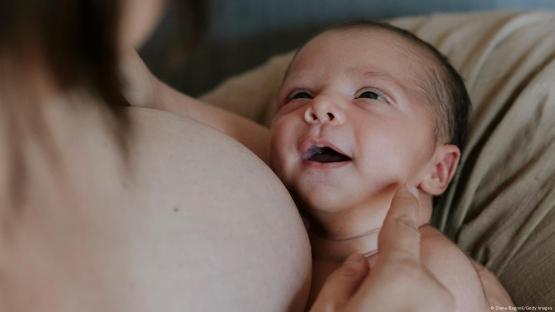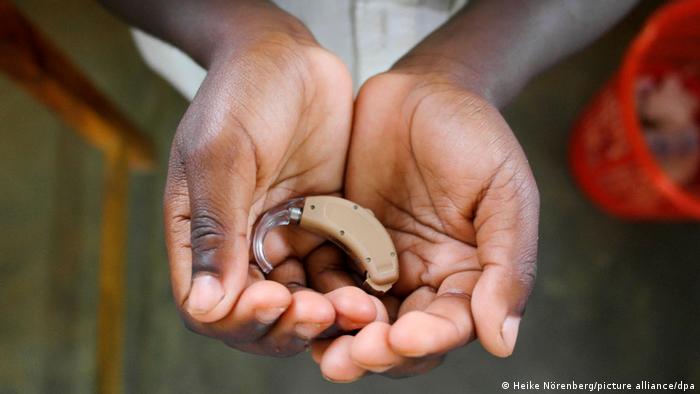A SIMPLE patch could help ‘cure’ baldness, experts have claimed.
Researchers in China have created the gadget with the use of tiny needles and artificial intelligence.
Many people suffer with male or female-pattern baldness and the medics say that the new technique could help them reclaim their hair loss.
Writing in the journal Nano Letters, the experts said the patch works by neutralising highly reactive chemicals that cause hair to thin out and eventually disappear.
The patches helped to regenerate the hair of mice within 13 days of use.
The mice being tested with the patches regained thick hair strands more effectively than other mice treated with testosterone or the chemical minoxidil, which is used in anti-balding products.
Hair follicles of people with pattern baldness can be damaged by a number of factors.
These, the experts said, include male sex hormones, inflammation or by having too many reactive oxygen species, such as free radical molecules, in their hair.
When there are too many of these factors at once, the body’s antioxidant enzymes – that normally keep them in check can become overwhelmed.
One of these enzymes is called superoxide dismutase and the researchers have recently created mimics of it called nanozymes.
But the team wanted to see if artificial intelligence could produce a better nanozyme for treating hair loss.
They tested machine-learning models with 91 different combinations.
The experts predicted manganese phosphorous trisulfide (MnPS3) would be the most powerful tool to make the process work.
Tiny sheets of this, along with manganese, red phosphorus and sulphur powder were then used.
While the tests were mainly carried out on mice, initial tests on human skin showed they significantly reduced the amount of free radicals without causing harm.
The study’s corresponding author Lina Wang from Qingdao University of Science and Technology said: “Hair loss is undesirable for many men – and women – because one’s hairstyle is often closely tied to their self-confidence.
“While some people embrace it, others wish they could regrow their lost strands.
“We have used artificial intelligence (AI) to predict compounds that could neutralise baldness-causing reactive oxygen species in the scalp.”;
‘HOPE FOR A CURE’
In October 2022, scientists in Japan grew hair cells in a laboratory, raising hope that a cure for baldness is even closer.
The technique involves creating skin organoids — tiny, simple versions of an organ which can do some of the same tasks — in a Petri dish.
Hair follicles themselves are organs.
The organoids produced fully mature follicles about 3mm long after 23 days of growth.
Dr Tatsuto Kageyama, of Yokohama National University in Japan, said the breakthrough could “prove valuable for better understanding regenerating hair follicles”;.
In May 2022 scientists said a new twice-a-day pill marked an ‘important milestone’ in developing new drugs to tackle baldness.
Drug company Concert Pharmaceuticals recruited 706 people in the US who had moderate to severe alopecia areata.
They were split into three groups; one group received an 8mg twice-daily pill, another a 12mg twice-daily dose, and another a placebo.
“A statistically significant proportion of patients”; given the pills saw greater scalp regrowth than those on the dummy drug, they found.




